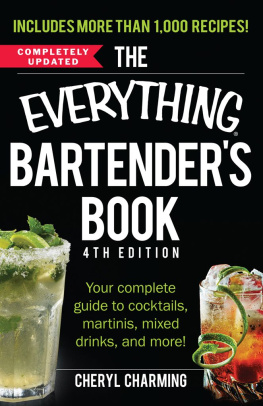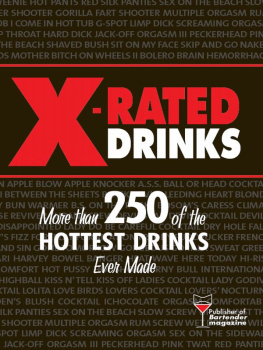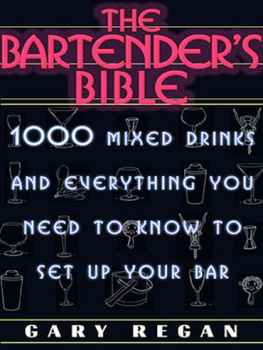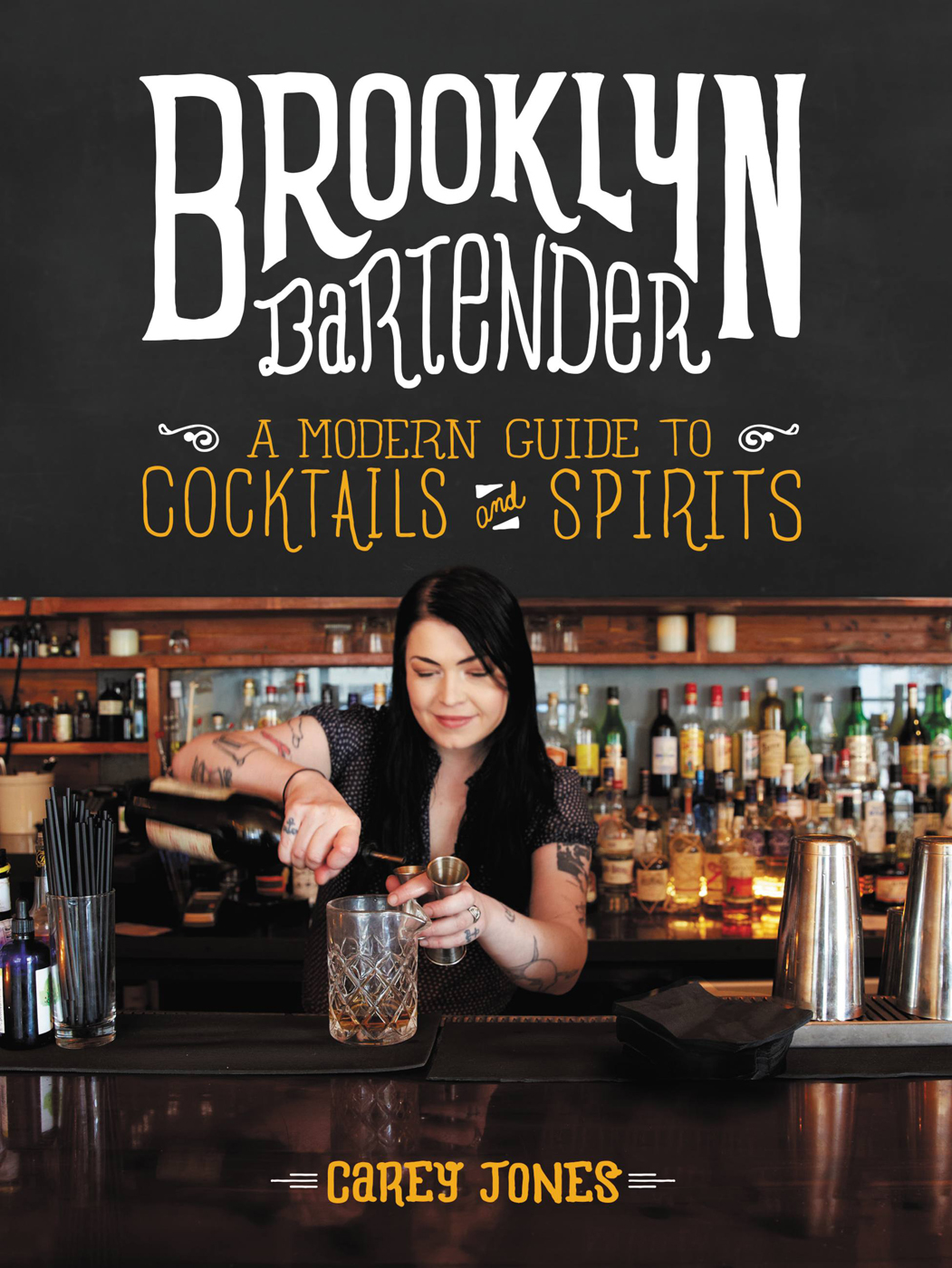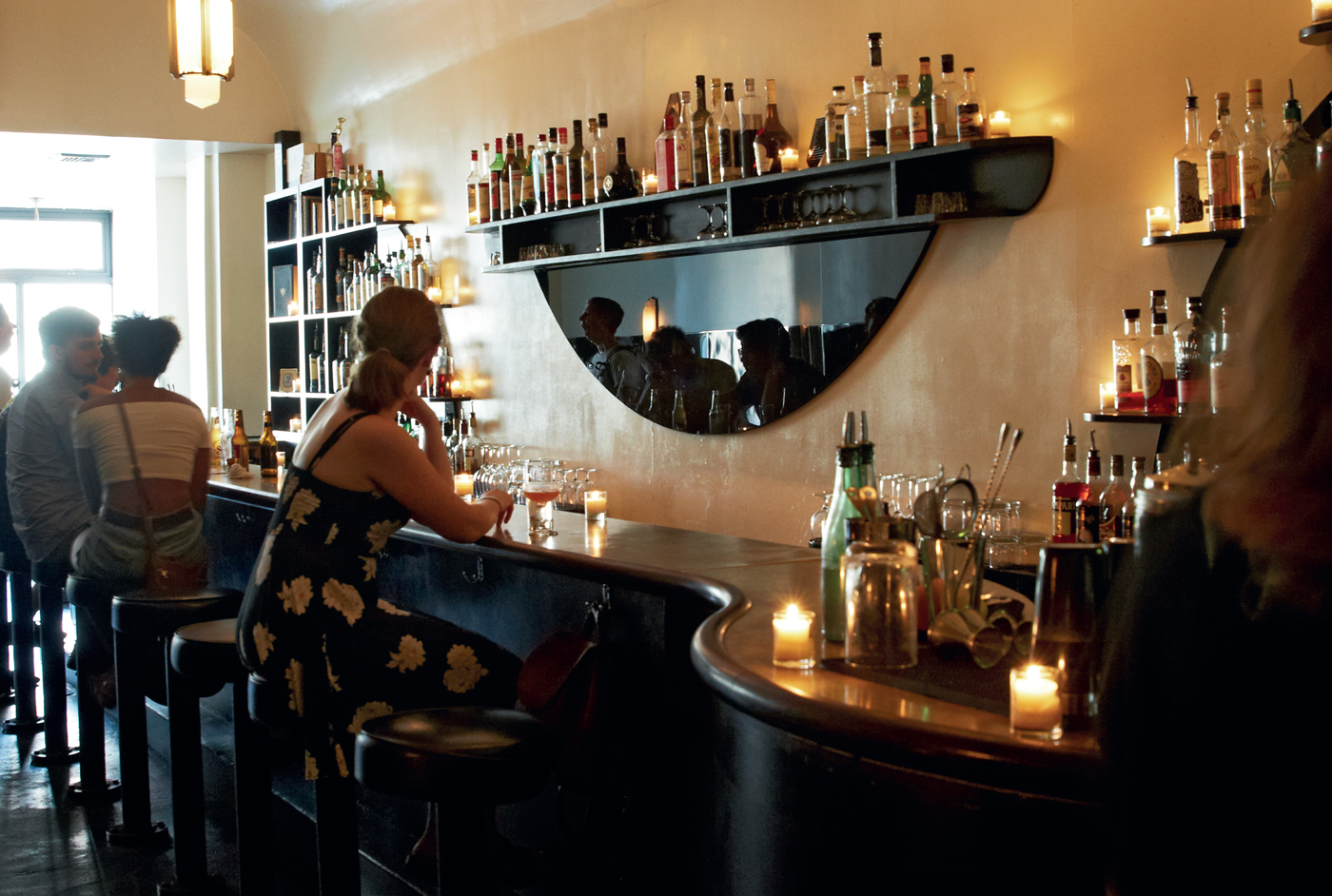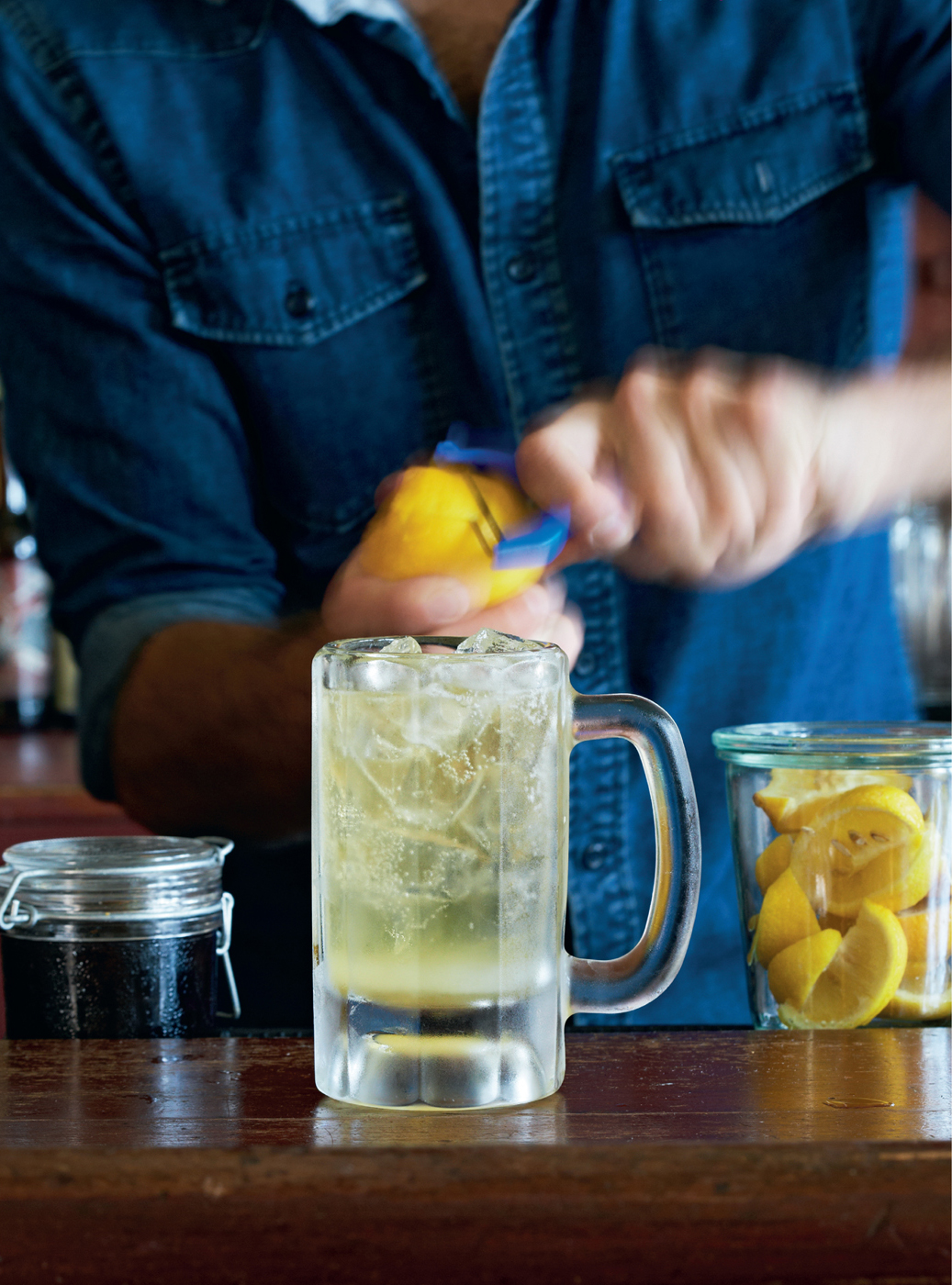Rarely, if ever, has it been so easy to drink so well as in modern-day Brooklyn.
R eally, the allure of Brooklynas a borough, and as a concepthas never been stronger. In the last decade, its gained a reputation as a New York cultural hub in its own right, the less-buttoned-up borough, a place driven by youth and creativity. Whereas once it was assumed that everything interesting or relevant in New York happened in Manhattan, today, if anything, the opposite holds true. Manhattanites regularly cross the river for dinner and a night outa notion that would have felt somewhat bizarre a decade ago.
And nowhere is Brooklyns creativity, energy, and spirit more on display than in its bars. Defined by far more than their drinks, bars occupy a central space in the New York social world, each with its own character, its distinct quirks and rituals, its community of fans and regulars who, for whatever reason, respond to the energy of a space. Bars are our community centers, says Del Pedro of Brooklyns Tooker Alley. Literally, in that theyre secular places for people to communeand how many of those are there in New York?
And the rise of modern mixology coincides with Brooklyns emergence as a cultural force. Today, mixologists are regarded with the same awe as chefs; theres a genuine respect for the artistry behind the bar. We are in the midst of a cocktail renaissance, perhaps the first golden age of the cocktail since Prohibition swept away much of Americas drinking culture (and forced underground what it didnt).
Craft cocktails, in some ways, emerged as a reaction to the drinking culture of the 1980s and 1990swhere alcohol was often a status symbol (see: Grey Goose and Patrn) or purely utilitarian (see: Budweiser). But in more recent years, a cultural shift took hold. Craft brewing took off. Wine enthusiasts turned from high-dollar Chardonnays and Cabernets to lesser-known grapes and regions. Small, independent restaurants with highly original cuisine stole the focus from more traditional establishments.
And cocktails were no different. During many years of flavored vodka and four-liqueur shooters, classics were considered old-fashioned; with the major exception of the Martini, many classic cocktails just werent on the radar. Nonetheless, some bartenders were inspired to look to the pastunearthing early vintage cocktail books and studying the sophisticated drinking culture of decades, and even centuries, back. And slowly, at restaurant bars and, eventually, dedicated cocktail bars, mixology gained traction.
As with any creative discipline, theres a balance between tradition and innovation. Studying the classics gave bartenders insight into cocktail structure, balance, and rigor, into time-tested ingredients, methods, and principles. But armed with that knowledge, its natural for a creative impulse to take over. Todays cocktail world is simultaneously backward-looking, to that still-often-untapped canon of elegant, time-honored classicsand forward-looking, embracing the new spirits, liqueurs, and bitters on the market, pulling unexpected ingredients into the cocktail world.
Fast-forward to the mid-2000s, and cocktail bars were popping up all over Manhattan, led by such influential bars as Milk & Honey, Pegu Club, Flatiron Lounge, and Employees Only, with Death + Co. and PDT soon following. These bars not only established reputations in their own right, helping to make cocktails exciting and relevant again, they also trained up generations of bartenders in their house styles, and to house standardsand many of their acolytes went on to open bars of their own.
Cocktail culture made enormous strides in these years. Bartenders found a willing audience ready to appreciate their creations, from revived classics of the past to innovations of their own. And trailblazing cocktail bars were meticulous in their craft, fighting hard to differentiate themselves from their less sophisticated counterparts, constantly pushing boundaries. But many Manhattan bars developed an attitude and aesthetic that fellow bartenders grew tired of. The temples to mixology: dark, clubby-feeling bars that took their craft so seriously there wasnt much room for fun, and the speakeasy aesthetic that felt more exclusive than subversive.
One of the things I was disappointed in was how formal cocktail bars could beand obnoxious and condescending and elitist, says Del Pedro, who spent decades behind the stick in Manhattan. It was a lifestyle thingwere this kind of bar that wants this kind of person. That always bothered me.
Meanwhile, Brooklyn continued to gain attention in the public eye, as Manhattan rents pushed more and more residents and, eventually, businesses out to Brooklyn. Many of the 20- and 30-something mixology enthusiasts who crowded Manhattan bars lived in Brooklynnot to mention the bartenders and bar owners, who often did as well. Many now-beloved Brooklyn venues got their start when an owner saw a need in the neighborhood he or she lived in; if they couldnt find a proper cocktail close to home, why not open a bar that could deliver?




